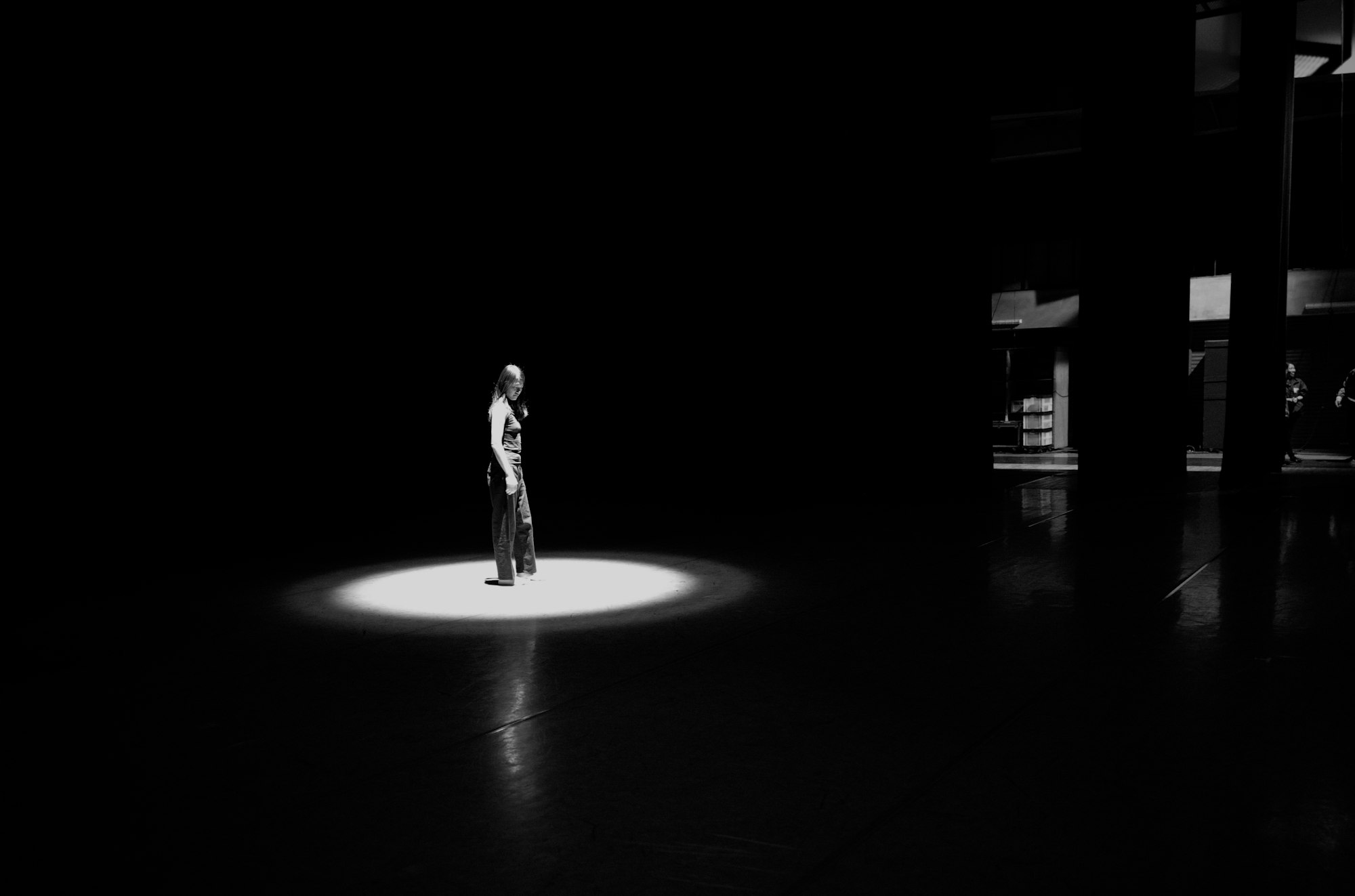Why answering the question 'what is it that you really want' might be a really tough thing to do right now
As a practicing futurist, the answer to this came as a bit of a shock.

Have you ever been asked the question; 'what is it that you want?' and had a hard time coming up with an answer to it?
As a futurist, I regularly ask my clients what they want in the future and 99% of the time I am a little surprised as to how difficult it is for people to answer.
Within the professional discipline of foresight, seeing a vivid picture in your mind of a future that you want to create is a very compelling and scientifically recognised motivator of action, which can be used to inspire you to grow from where you are; towards the image of where you would rather be.
Surely, I thought, everybody can very easily put together a list of all of the wonderful things and experiences that they hope for in the future at the drop of a hat - it's not a difficult thing to do at all.
Time and time again however, experience as a practitioner has shown me otherwise.
Then something rather strange happened; I experienced the difficulty of answering that same question for myself.
It felt to me as if somebody had literally switched off the little motor that powered that side of my imagination. It simply disappeared.
Feeling a bit alarmed by this, I set about doing some research to try and understand what had gone wrong. Why was it that a once very reliable superpower had simply vanished?
After a lot of reflection, some journalling and a scan of some well-known psychology resources, I feel like I may be on a path to understanding the challenge better.
Part of the answer that I have uncovered, I think, lies in an analogy that was made in the 19th century by the so-called "Father of American psychology", William James.
James used the term the 'attention spotlight' to describe a phenomena whereby our subjective realities are heavily influenced by our levels of stress and anxiety.
What the 'attention spotlight' attempts to illustrate is that our worldview is dependent on the very narrow, finite region of space that we choose to put our attention on - kind of like the small pool of bright light a spotlight highlights on a stage.
Where we choose to look and apply our attention, literally creates the reality that we then experience. What falls inside the spotlight is consciously processed while that which is outside is not. Under conditions of stress, the size of the footprint of our 'attention spotlight' constricts considerably. We dial into the threat, we become somewhat of a victim to its allure.
As an example, if your attention is suddenly drawn towards a signal of danger, such as a sudden bright light, a person pointing a gun at you or the unimaginable negative consequences of a global pandemic and its devastating economic side effects - everything else is literally blocked out - and your attention is 100% drawn towards the threat and your available options for survival.
General conditions of stress and anxiety that are amplified in our modern lives by deadlines, financial worry and uncertainty also act as powerful attractors of our attention, which also literally blur out and disable any other alternative, more positive, potential realities from our consciousness.
Stress and anxiety literally have the power to disable our access to any other future other than our present, chosen reality of fear.
As a result, you are physically not capable of imagining a better vision of the future.
As a practicing futurist, the radical realisation is that without an intervention to reduce the intensity of the negative feedback loop that the underlying stress and anxiety bias manifests in us, it just isn't possible to even start engaging in exercises to imagine better, more preferable futures.
In a world awash with an epidemic of fear, it's no wonder that the demand for visions of a better tomorrow are so low.
The solution
The solution to the problem is, firstly to bring awareness to it, to acknowledge that it even exists; and then to engage in a consciousness process of widening the scope of our 'attention spotlights', to force our attention onto aspects of reality that are more positive, inspiring and hopeful.
It's not that we want to deny the fact that challenges exist right now in the world and that tough decisions need to be made, but rather to understand just how damaging our laser focus on misery alone can be for ourselves and to take personal responsibility for actively choosing to 'widen the beam' and point our spotlights in many different directions to see 'what else is going on'.

